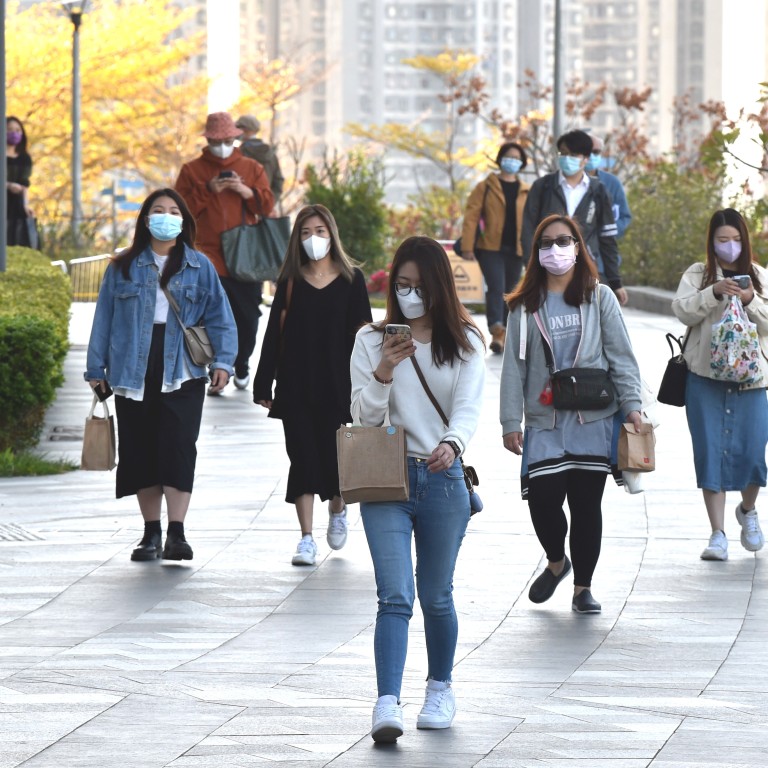
Now we in Hong Kong all know how an emergency sounds
- Deafening buzzing may have alerted city to a hospital move many were already aware of, but the system could prove useful in future
It says something about Hong Kong’s reputation as a safe city that its residents never knew they had an emergency alert system, unless you count typhoon signals. At least that was the case until Wednesday.
Then an insistent buzzing on mobiles simultaneously drew Hongkongers’ attention to an emergency alert. It was unprecedented. It sounded a bit scary – the sort of thing you expect in places that suffer a life-threatening tsunami, eruptions, earthquakes and so on.
In this case, thankfully, it only alerted us, in English and Chinese, to the decision that Queen Elizabeth Hospital is now admitting mainly Covid-19 patients.
An emergency alert, for information the government has already put in the public domain? That may seem a bit dramatic, though it did reflect the fact that the hospital in the Kowloon Central Cluster is the city’s busiest accident and emergency centre, with 10 per cent of the Hospital Authority’s capacity for that service.
So the information could save many non-Covid patients inconvenience and even distress during a public health emergency that is unlikely to end any time soon. It looked like a test run.
That said, the simultaneous, bilingual messages alerted us to the existence of an alert system, common in other places, which cost taxpayers about HK$100 million (US$13 million) to install.
It was prompted by the pandemic and approved in 2020 by the Legislative Council under the Anti-epidemic Fund to allow more than 20 million phone users to receive such alerts.
Chief Executive Carrie Lam Cheng Yuet-ngor said the disadvantage of sending an alert via SMS was that it could take four hours or more, and such texts sometimes failed to reach mobile phones with disposable SIM cards.
‘Closed-loop’ system for care home staff optional: Hong Kong welfare chief
But the new emergency system allowed the government to quickly get the message out to every resident at the same time. It may also be used if there is a security emergency in future.
Hopefully, it will be used sparingly for good reasons, just in case people become inclined not to take it seriously enough.
It may be pure coincidence that the system debuted when the government is under pressure to communicate better with the public about pandemic measures. But it is better to have it in the emergency toolkit and in good working order than not.


